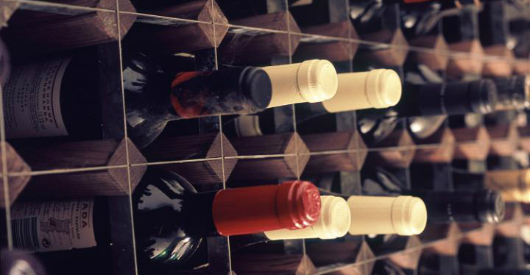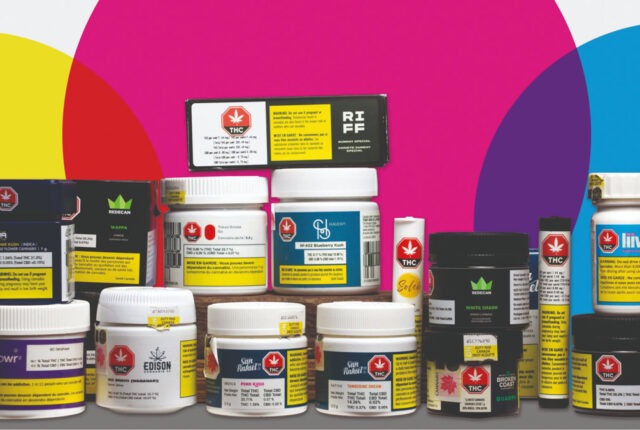Being organic and sustainable is a promise that brands make to consumers. When you buy an organic product, you do so for its quality and because it’s supposed to be environmentally-friendly.
If the product is organic, then it makes sense for its packaging to be environmentally-friendly. It’s a matter of consistency. It’s undoubtedly important to keep the promise made to customers and deliver a product that is completely organic.
This also applies to yogurt, as we have already seen, but it’s also relevant for products like wine. At a time when organic, biodynamic or natural wines are becoming increasingly popular, their labels must also take the step towards sustainability and decrease their environmental footprint.
But in the field of wine, the label is a strong selling point: it’s the label that makes the wine stand out. It’s therefore essential that the appearance of the label be perfect because the product falls in the “luxury” category. It’s a noble, expensive product. We offer it or share it with friends and talk about how it’s produced. Wine is an experience the label must transcribe and make people want to purchase. In other words, the label, its facade, has to be faultless and original.
How does this fit in with the principles of sustainable development? How can a label be both aesthetic and be compatible with ecological products?
The wine producers of Ste. Michelle, located in Washington state in the United States, decided to adopt a label made of PCW (post-consumer waste), a recyclable PET liner and a coating made of 60% less plastic than polyethylene coatings.
Therefore, their wine bottles have an attractive appearance, but the label has less of an impact on the environment!







